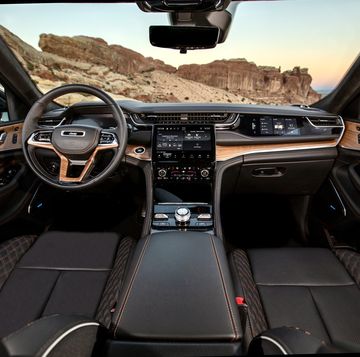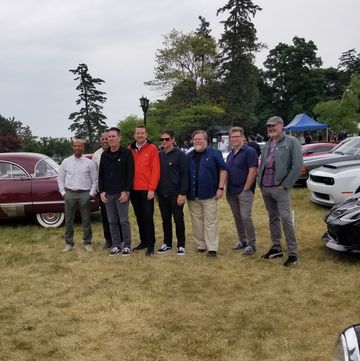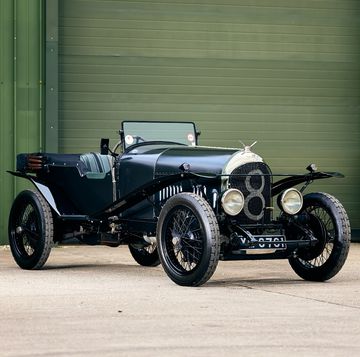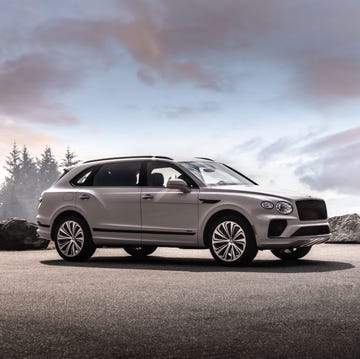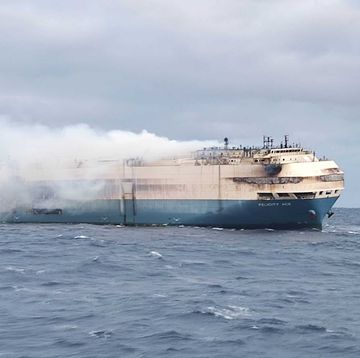- Bentley will stop production of its legendary 6.0-liter turbocharged W12 engine in April of 2024.
- These last few W12s are slated for limited-edition Speed models and the limited-production 740-hp Batur model.
- Bentley says this action is part of its transition to a fully electrified lineup at the start of the next decade—and part of a near-term effort to reduce overall fleet emissions.
The Volkswagen Group’s W12 has motivated its fair share of powerful Bentley products in its nearly 20-year run, but all good things must come to an end. Bentley will cease production of the W12 in April 2024. By the time the company wraps production on this 6.0-liter turbocharged engine, the company will have churned out over 100,000 of them.
These mills made their way under the hood of Bentley’s top products and powered its Speed and Mulliner variants. Before we say goodbye, Bentley is sending it off with its most potent variant yet.
The final edition of this W12 will power the company’s Batur model, topping the charts with 740 hp and 737 lb-ft of torque. This bump in power comes from updates to the turbocharger as well as revised intake, exhaust, and cooling systems.
There are three separate cooling circuits—one for the cylinder heads, another managing the engine block temperature, and the third for the turbochargers. As you’d imagine, each system has its own water pump to push the coolant through each circuit.
Bentley notes that all Batur models are already spoken for, which means if you’re not already on the list you’re missing out on this 740-hp brute. While this limited-edition grand tourer is the W12’s swan song, the company will set aside a few of the pedestrian 649-hp W12s for a limited number of Speed variants in the rest of the lineup. The company notes these models will probably go quickly so you should get ahold of your local Bentley dealer to jump in line.
This isn’t the first departure of a beloved Bentley engine. In 2020, after over 60 years in production, Bentley’s L-Series V8 was discontinued. About 36,000 of these twin-turbocharged 6.75-liter V8s were produced, and the last one was fitted in the Mulsanne 6.75 Edition by Mulliner.
If you’re curious why the company is now wrapping up W12 production, there are a few answers. Bentley says this is just part of its transition to a fully electrified lineup at the start of the next decade, and near-term the company is trying to reduce its fleet’s overall average emissions. Without the W12 in the lineup, Bentley plans to make available a hybrid variant of each model, perhaps using both V6 and V8 engines.
It’s admittedly sad to see engines like the W12 reach the end of the line, but the company sending it off with 740 hp is a nice way to see it go. As for the team that assembles these engines, Bentley says it wants to keep all 30 employees in its Crewe factory as it transitions into carbon neutrality and an all-electric lineup of luxury cars.
Do you think this is an appropriate end to Bentley’s W12? Tell us your thoughts below.



